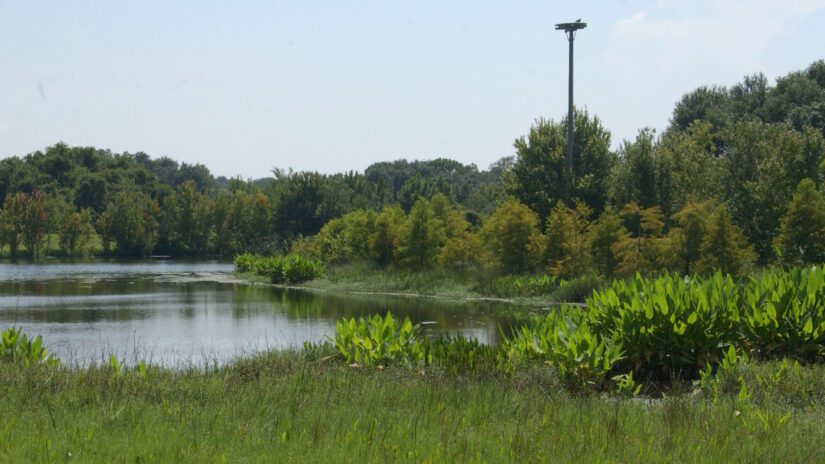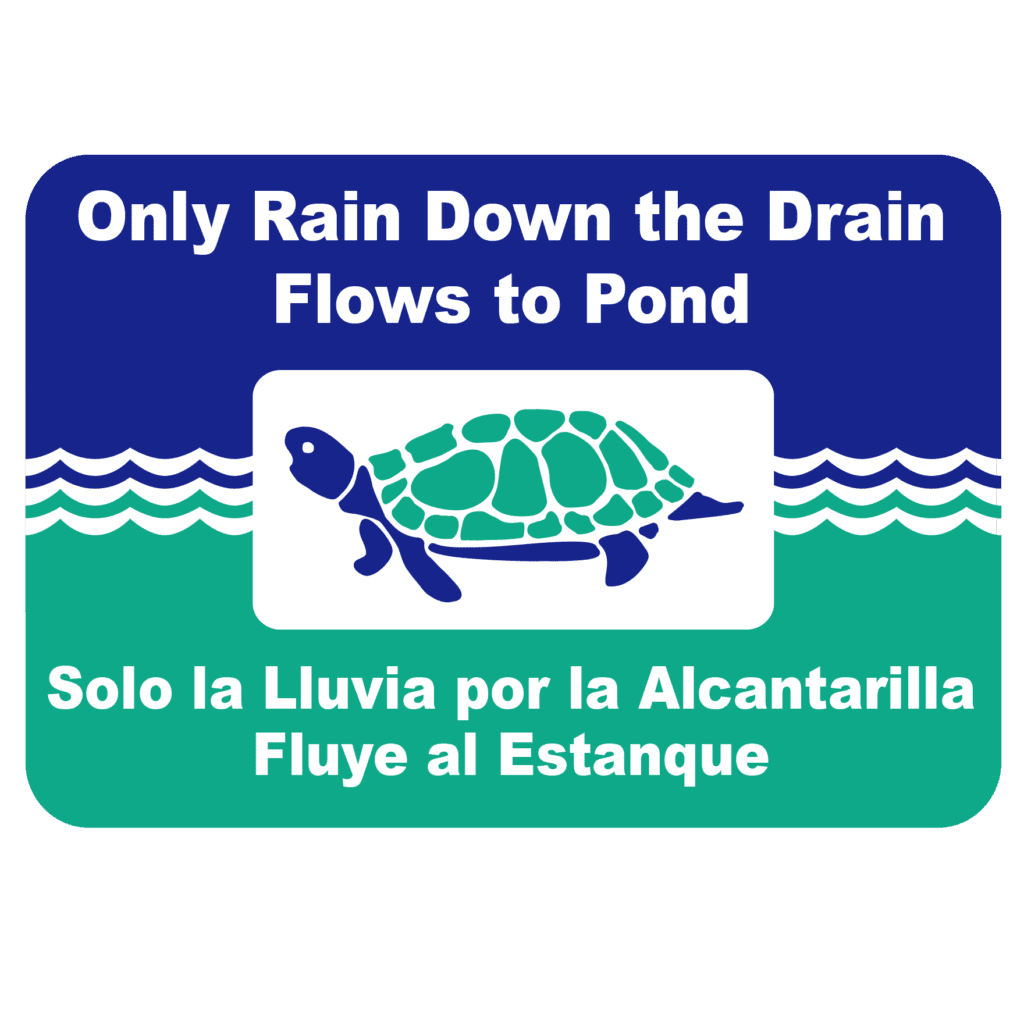Floodplain Protection

A floodplain is typically a low-lying, flat area adjacent to an ocean, bay, river, creek, pond or other body of water.
The Pinellas County Floodplain Management Program was developed to protect and improve the county’s natural — and very beneficial— floodplains and to reduce flood losses due to major storms and heavy rainfall.
Pinellas County’s natural floodplain areas — including wetlands such as hardwood swamps, cypress swamps, freshwater ponds and marshes, mangrove swamps and salt marshes — lessen the effects of storms and floodwaters.
View Pinellas County’s Natural Floodplains Map.
Natural Floodplain Functions & Benefits
Natural floodplains function in a variety of ways that are beneficial to our environment and to the people who live and work in Pinellas County. Our floodplains:
- Provide natural storage areas for floodwaters.
- Buffer coastal areas from storm surges.
- Filter stormwater runoff and improve water quality.
- Provide habitat for a variety of fish and wildlife, including endangered species.
- Provide outdoor recreation such as kayaking, hiking and picnicking.
How the County Protects Natural Floodplains
Pinellas County uses several approaches to protect its natural floodplain areas and to diminish the damaging effects of floodwaters to buildings from major storms and heavy rainfall.
Among these approaches are the development and implementation of:
- Community Rating System
- Floodplain Management Ordinance
- Local Mitigation Strategy
- National Flood Insurance Program
- Pinellas County Comprehensive Plan
- Preserve Management Plans
- Program for Public Information
- Stormwater Manual
- Site Plan Reviews
- Watershed Management Plans
Pinellas County’s Comprehensive Plan and watershed plans serve as guides for protecting and managing environmental resources, achieving improvements in water quality and providing flood protection when needed.
The County has adopted floodplain management ordinances, particularly regarding new construction, which is an important element in making flood insurance available to home and business owners.
To reduce pollution and localized flooding, the County also enforces an ordinance prohibiting dumping of any waste, including chemicals, oil, sewage, trash and yard waste, into the street, storm sewer system or any water body.
Regulation of floodplains is one of the principal ways to reduce loss of life and damage to property from flooding. Regulation includes requirements for zoning, subdivision or building, and special-purpose floodplain ordinances.
In addition, the County participates in the National Flood Insurance Program Community Rating System and has a Program for Public Information, both of which contribute to significant flood insurance premium reductions and help prevent or reduce flood losses.
How Can I Protect Natural Floodplains?

- Abide by regulations against dumping into storm drains or waterways.
- Build outside of the natural floodplain.
- Do not fill in a floodplain.
- Report issues such as dumping, ditch obstructions, flooding and pond issues.
- Use Low Impact Development (LID)
- Rain barrels
- Rain gardens / Bioretention
- Pervious pavers
- Vegetative buffers
- Green roofs
- Educate your friends, neighbors and colleagues about the importance of natural floodplains.
Flood Mitigation
Each year, thousands of properties flood repeatedly nationwide. Often built before floodplain management regulations took effect, these properties continue to place a severe strain on the National Flood Insurance fund.
FEMA has several financial assistance programs available to communities and interested property owners to acquire, retrofit or fund other flood mitigation projects. See mitigation information.